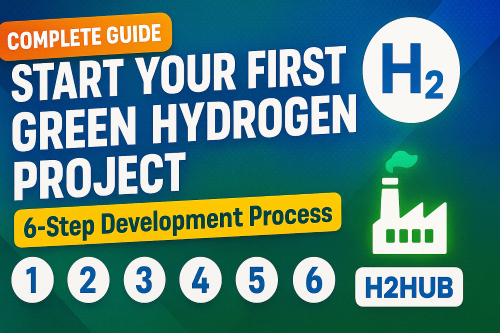Explore the Future of Urban Public Transport with Hydrogen Energy
- switchingtosolarpv
- Nov 25, 2023
- 2 min read
Today, we’re delving into the transformative potential of hydrogen in urban public transport. Cities worldwide are grappling with environmental challenges, and hydrogen energy is emerging as a beacon of sustainable urban mobility.
Hydrogen Energy Explained
Hydrogen is an energy carrier that can store and deliver clean energy for transportation. It’s a zero-emissions fuel when used in fuel cells, emitting only water and heat. This technology has the potential to revolutionize urban transport, offering a sustainable alternative to traditional fuels.
Benefits of Hydrogen in Public Transport
Hydrogen-powered public transport can significantly reduce air pollution and greenhouse gas emissions. It’s a leap towards cleaner cities with clearer skies, reducing CO2 emissions by up to 45% compared to driving alone. By 2050, hydrogen vehicles could save millions of tonnes of fuel and eliminate a substantial amount of carbon emissions.
Case Studies
Several countries, including China, France, Japan, South Korea, Australia, and the USA, are actively developing hydrogen strategies. Notable projects like the H2 Sines in Portugal and the GET H2 Nukleus in Germany demonstrate a growing global commitment to hydrogen as a sustainable energy source.
Deep Dive: Hydrogen Buses and Trains
Hydrogen fuel cell electric vehicles (FCEVs) are pivotal in urban transport. These vehicles offer extended ranges and are complemented by regenerative braking systems. Cities like Aberdeen and London have introduced hydrogen buses, showcasing the technology’s practicality and efficiency.
Challenges and Future Solutions
Adopting hydrogen in public transport faces challenges, including high costs, infrastructure development, and regulatory barriers. To overcome these, we need policy support, technological innovation, and financial investment. Renewable hydrogen will require a collective effort from governments, industry, and society.
Hydrogen vs Electric
Comparing hydrogen and electric vehicles in urban transport reveals distinct advantages and challenges. BEVs offer simplicity but face range limitations, while FCEVs promise longer ranges and quick refueling. However, FCEVs’ growth is hampered by limited hydrogen infrastructure. Both technologies are crucial in the transition to sustainable transport, and their development requires a cooperative approach involving government regulations, corporate leadership, and consumer awareness.
The Future Outlook
The future of hydrogen in urban transport is promising. It offers a versatile solution to decarbonize various sectors and improve energy security. The IEA highlights the potential for hydrogen to enable renewables to contribute more significantly to energy systems. The future will see a focus on scaling up hydrogen technologies, reducing costs, and boosting international cooperation to harness hydrogen’s full potential.
Conclusion
Hydrogen’s role in urban public transport is pivotal for a sustainable future. As we embrace this clean energy transition, let’s work together to innovate and overcome challenges, paving the way for a cleaner, healthier urban environment. For more insightful content, subscribe to the Reneenergy.com YouTube channel, and join us in shaping a sustainable future.
Check out the Youtube Video of this article by clicking the following link:



Comments